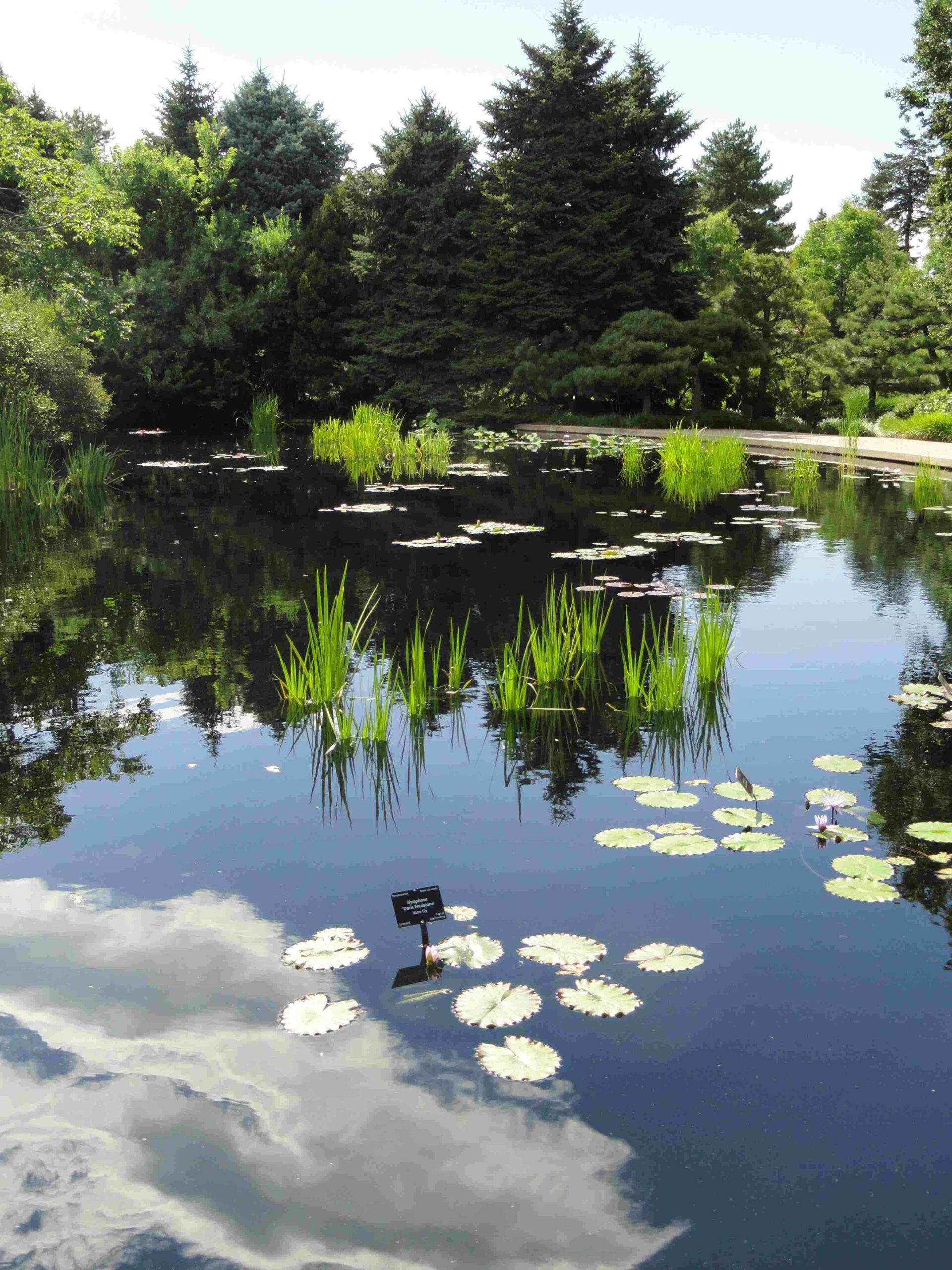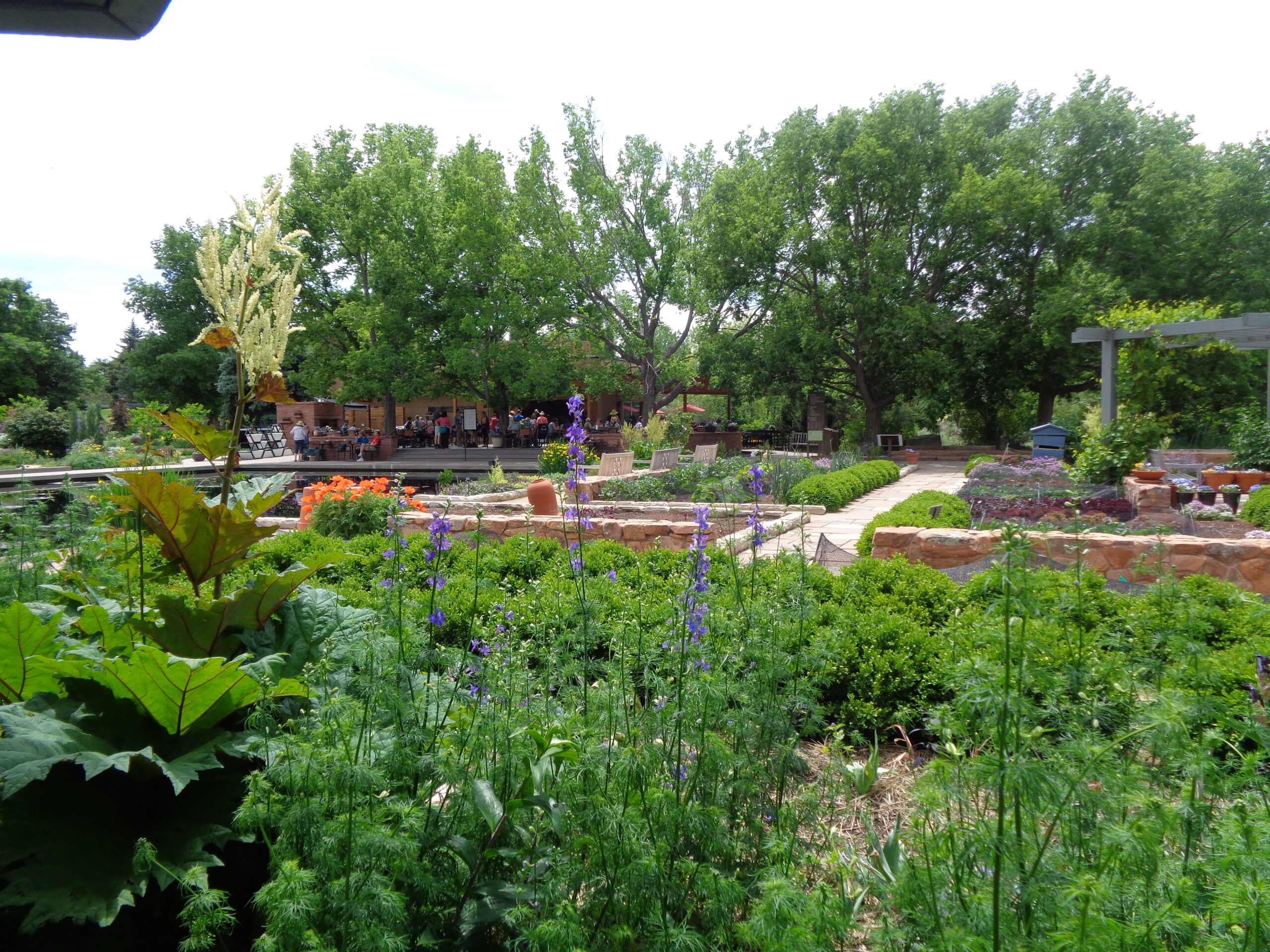Denver Botanic Gardens is at the forefront of water conservation efforts in Colorado. The Gardens implement advanced techniques such as green roofs, water-efficient irrigation systems, and solar-powered atmospheric water harvesters. They also showcase drought-tolerant plants and provide educational resources on water-wise gardening. This commitment to sustainability has resulted in significant water savings and serves as a model for water conservation in semi-arid climates.
What Are the Specific Water Conservation Techniques Used at Denver Botanic Gardens?

Denver Botanic Gardens employs a variety of innovative water conservation techniques:
- Green Roofs:
- Located over Offshoots Café at York Street
- Mordecai Children’s Garden green roof
-
Benefits: Insulation, stormwater filtration, runoff reduction
-
Water-Efficient Irrigation Systems:
- Conversion from sprinkler to drip irrigation at Chatfield Farms
- Covers 10 acres of pumpkins
-
Results: Significant water use reduction
-
Solar-Powered Atmospheric Water Harvesters:
- Four units installed: one at York Street, three at Chatfield Farms
-
Function: Convert water vapor into water using solar power
-
Turf Replacement:
- Participation in Colorado’s turf replacement program
- Conversion of large turf areas to drought-tolerant landscapes
- Outcome: 30% reduction in water usage in some areas
-
Goal: Eliminate watering entirely by 2026
-
Water Monitoring:
- Sub-metering in the Rock Alpine Garden
- Usage: Approximately six gallons of water per square foot during growing season
- Comparison: 18 gallons per square foot for typical turfgrass
How Does Plant Selection Contribute to Water Conservation at the Gardens?

Denver Botanic Gardens carefully selects plants that contribute to water conservation:
Drought-Tolerant Plants
- Featured in the Roads Water-Smart Garden
- Native to Colorado and other semi-arid climates
- Minimal watering requirements (6-12 times per year)
Plant Select® Program
- Offers plants designed for high plains and intermountain regions
- Examples:
- Pulsatilla (Pasque flower)
- Phlox subulata (creeping phlox)
- Penstemon species
Rock Alpine Garden Plants
- Thrive in dry, rocky soils
- Water-efficient species include:
- Nepeta (catmint)
- Papaver (poppies)
- Symphyotrichum (asters)
Native and Low-Water Plants
- Recommended for low water requirements and pollinator support:
- Helenium (sneezeweed)
- Salvia species
- Solidago (goldenrod)
What Amenities and Facilities Support Water Conservation Education?
Denver Botanic Gardens offers several amenities to educate visitors about water conservation:
- Educational Programs and Workshops
- Classes on water-wise gardening practices
- Free seminars
-
Workshops on pollinator-friendly gardens and drought-tolerant landscaping
-
Helen Fowler Library
- Free admission
- Resources for beginners and experts
- Librarian assistance
-
Lending services for members
-
One World One Water (OWOW) Center
- Partnership with Metropolitan State University of Denver
- Focus: Water studies and water-efficient gardening principles
-
Collaborations with global organizations on water scarcity issues
-
Watershed Summit
- Annual event
- Convenes water professionals
- Topics: Technology, innovation, and sustainable water management
How Can Visitors Access the Water Conservation Initiatives at Denver Botanic Gardens?
To explore the water conservation initiatives at Denver Botanic Gardens:
Location and Parking
- Main address: 1007 York Street, Denver, CO
- On-site parking available in designated visitor lots
Accessibility
- Paths and facilities designed for visitors with mobility needs
- Wheelchairs and strollers available for loan (first-come, first-served basis)
Transport Options
- Public transportation
- Ride-sharing services
- Bike racks available for cyclists
Admission and Hours
- General admission tickets available online or at the gate
- Special events and programs may require additional fees or registration
- Open daily (specific hours listed on the website)
By implementing these water conservation techniques and offering educational resources, Denver Botanic Gardens demonstrates its commitment to sustainable landscaping and water stewardship in a semi-arid climate.
References:
- https://www.denver.org/blog/post/botanic-gardens-sustainability/
- https://www.botanicgardens.org/our-impact/water-stewardship
- https://www.botanicgardens.org/education/water-wise-resources
